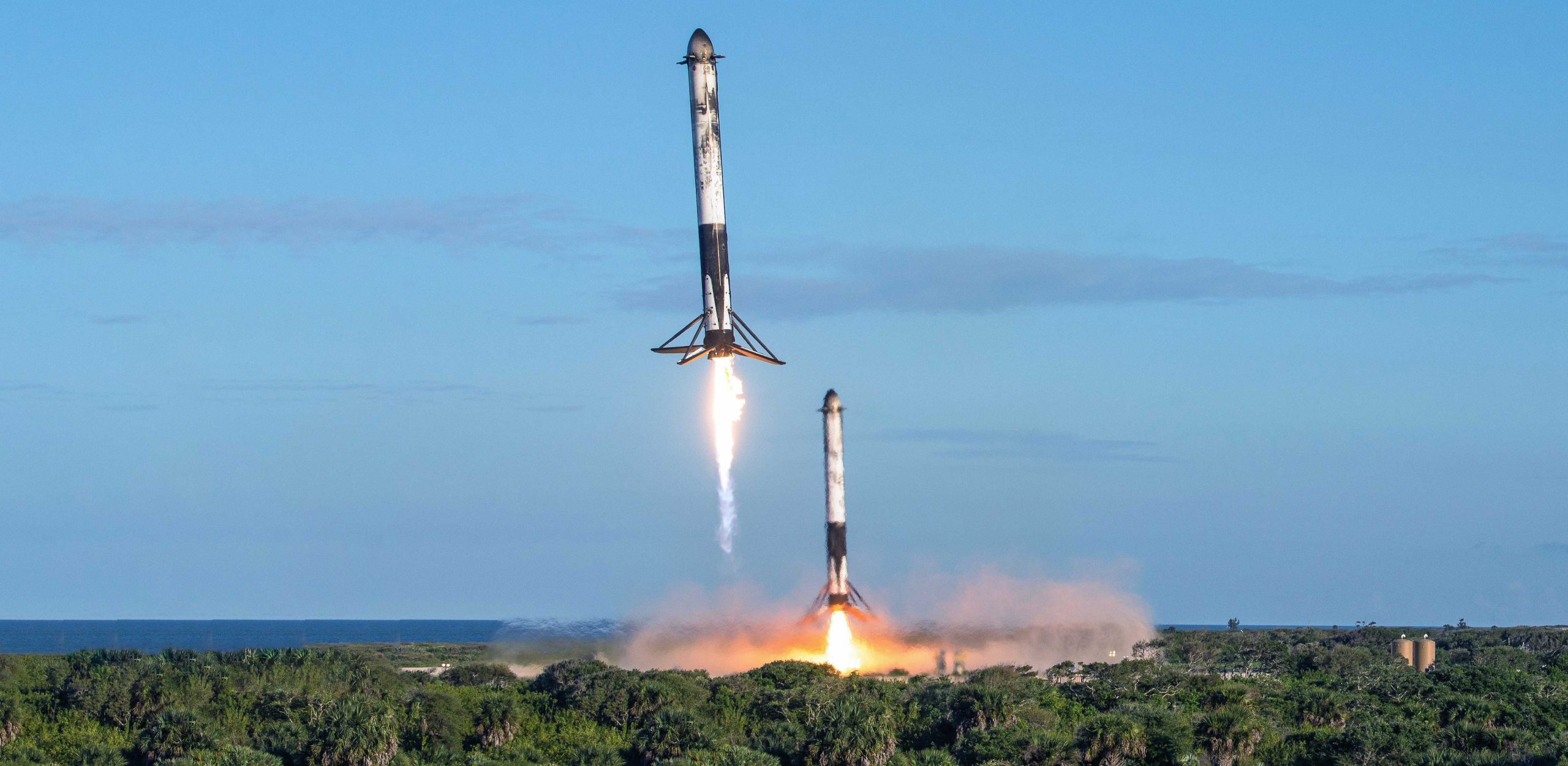
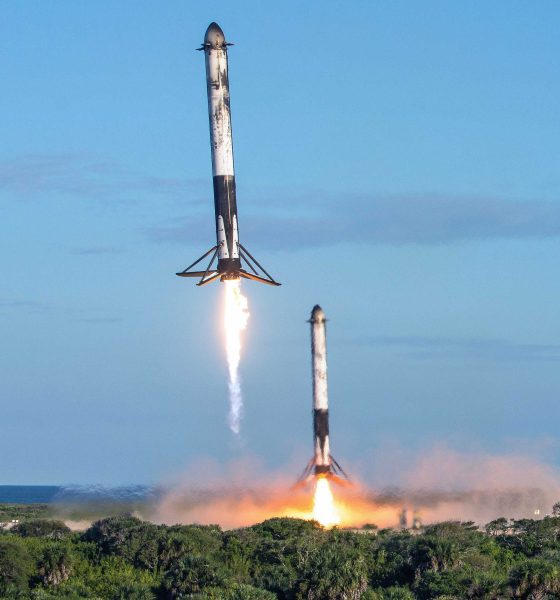
SpaceX
SpaceX’s flawless Falcon Heavy Block 5 launch and landing in pictures
In the afterglow of SpaceX’s successful Falcon Heavy Block 5 debut, also the rocket’s first commercial mission, there is no better time to appreciate the countless dozens upon dozens of photos and videos taken of Falcon Heavy’s launch and back-to-back booster landings.
Teslarati photographers Tom Cross and Pauline Acalin were both on the ground with more than eight cameras split between them, many of which were able to capture some spectacular photos of the world’s largest rocket throughout its flawless commercial debut. Perhaps most notable are photos and videos from those with cameras (or job sites) near SpaceX’s Cape Canaveral Landing Zones 1 and 2, in some cases producing videos of the multiple sonic booms produced by Falcon Heavy’s side boosters during the transition from hypersonic to subsonic speeds.
Both Teslarati photographers produced some amazing photos over the course of setting up cameras to capture Falcon Heavy and observing its commercial launch debut from approximately 7 miles (11.3 km) away. This included distant shots of Falcon Heavy during all visible stages of flight, including liftoff, ascent, side booster separation, and both side booster landings.
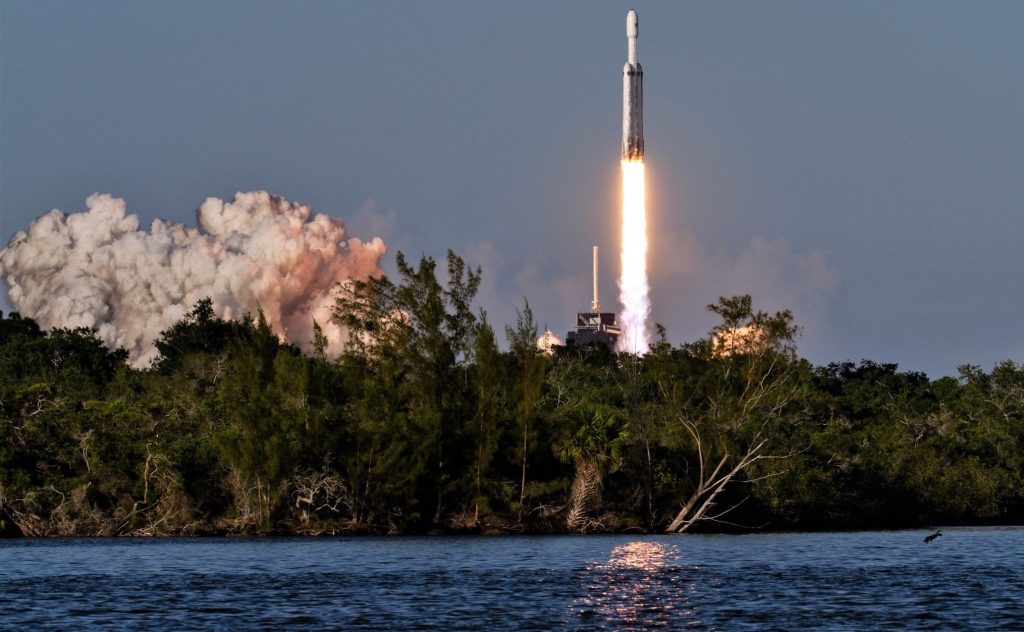

Inside the splash zone
SpaceX’s own official remote cameras then joined press photographers like Tom and Pauline to capture Falcon Heavy’s Pad 39A liftoff from a distance that would likely maim or kill a human standing in the same position. Triggered to snap photos by the actual sound of the rocket launching, these cameras can capture views that would otherwise be nearly inaccessible.
At liftoff, Falcon Heavy Block 5 likely produces anywhere from 5.1-5.6 million pounds of thrust (23,000-25,500 kN) that is immediately countered by a huge deluge of water used to prevent the sheer sound of its Merlin 1D engines from damaging themselves or other parts of the rocket. This ends up producing spectacular clouds of steam, often an iconic feature of most rocket launches. Falcon Heavy is currently the most powerful operational rocket in the world by a factor of ~2.5 and will hold on to that title until NASA’s SLS rocket debuts, likely no less than ~48 months away.
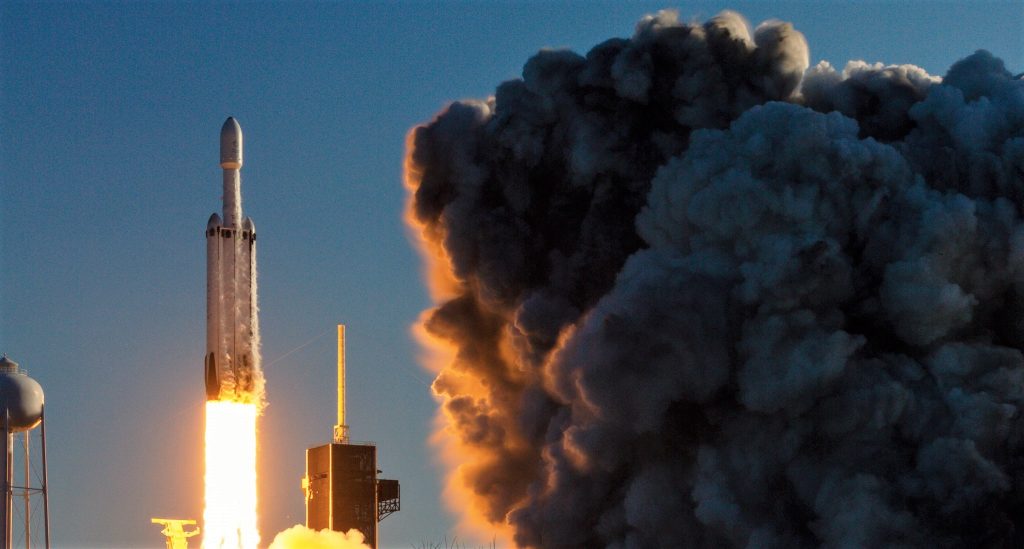
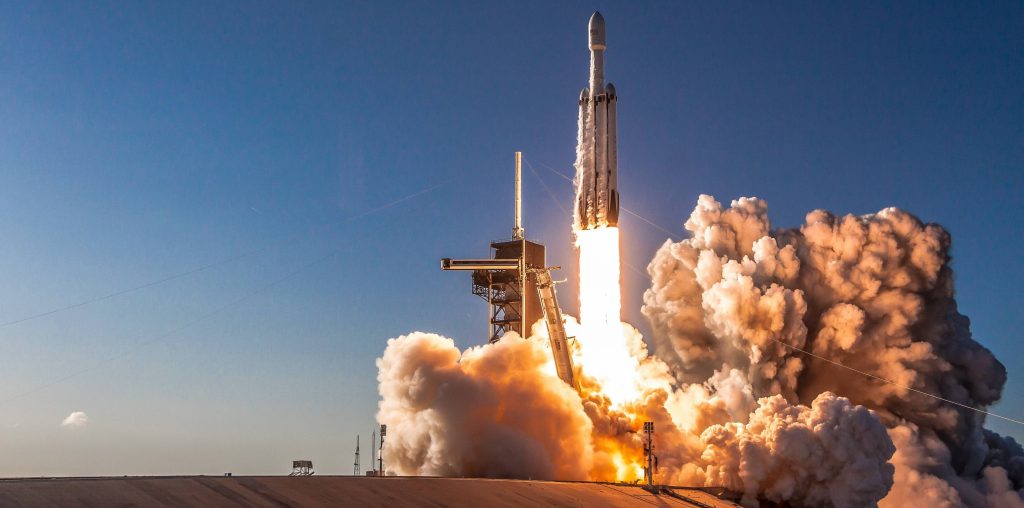
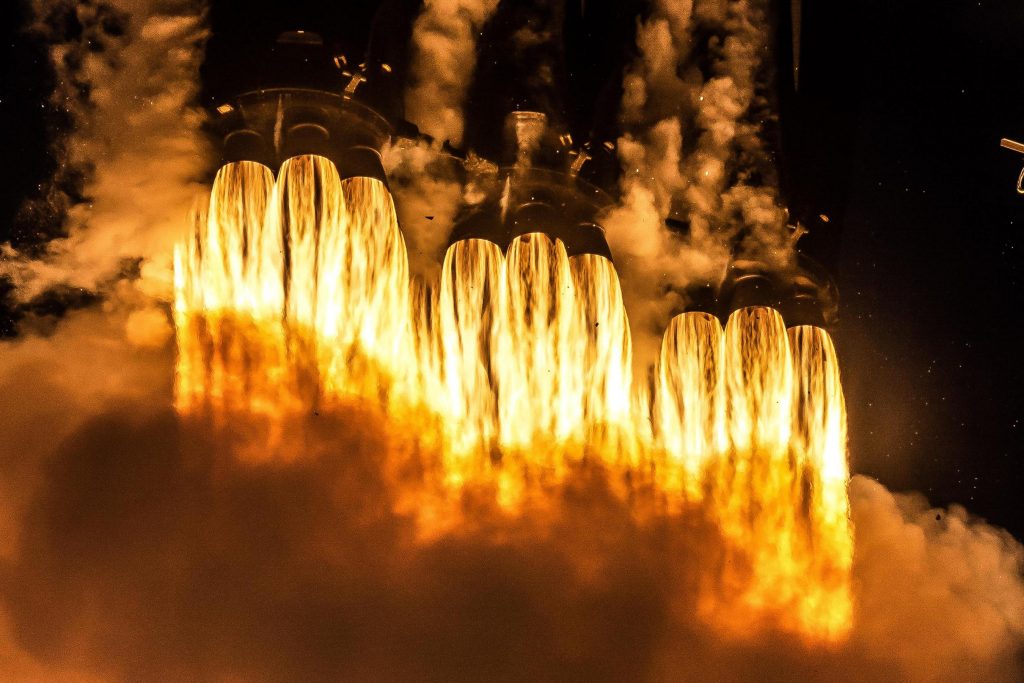
The grand finale
Finally, there are the photos and videos of Falcon Heavy’s side booster recovery. Aside from a select few photographers working for SpaceX or the Air Force, as well as Cape Canaveral AFS and Kennedy Space Center employees, the closest a member of the press can get to one of SpaceX’s Landing Zone Falcon recoveries is around four miles (6.4 km) away. Photos (and the aural experience) of Falcon landings from four miles away are still absolutely spectacular, but they can’t compete with the privileged access described above.
One such video taken by a United Launch Alliance (ULA) engineer offers an extraordinary up-close view of both Falcon Heavy Block 5 side boosters – B1052 and B1053 – safely returning to Earth after their first operational launches. Likely standing near the top of ULA’s LC-37 Delta IV launch pad integration facilities, Mr. Krishnan’s video does an excellent job
Located less than 3.5 miles (5.6 km) away from SpaceX’s Landing Zones, this is a perspective that very few humans will ever experience, owing to the fact Cape Canaveral Air Force Station is an operational military base and that being so close undeniably adds some level of risk for observers. In the author’s humble opinion, the view seems… worth it. LC-37 also happens to be just 5 miles (8 km) away from the LC-39A pad from which Falcon Heavy had just launched, thus offering an almost equally visceral view of liftoff, ascent, and landing.
Cameras placed near the Landing Zones by both SpaceX and USAF photographers captured even more spectacular views and marked the conclusion of the launch and landing debuts of Falcon Heavy boosters B1052 and B1053. These same boosters are tentatively scheduled to support Falcon Heavy’s third launch as soon as June 2019, potentially breaking SpaceX’s internal record for time to complete a given booster’s refurbishment (72 days for Falcon 9, 74 days for Block 5). However, once Falcon Heavy Flight 3 is completed sometime later this year, it’s possible that SpaceX will replace their nosecones with
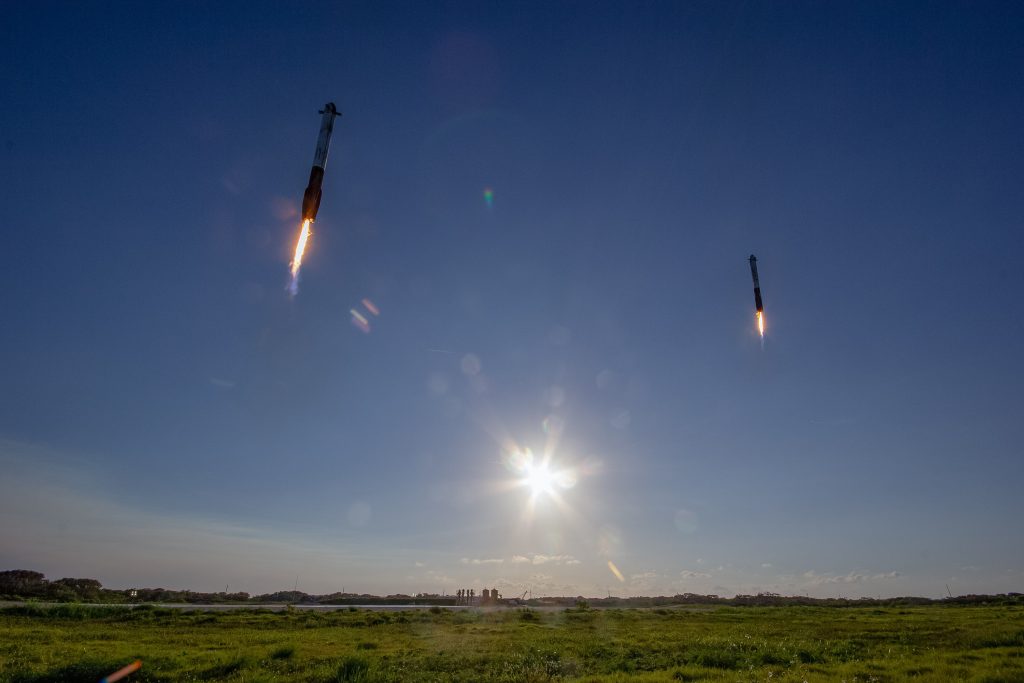
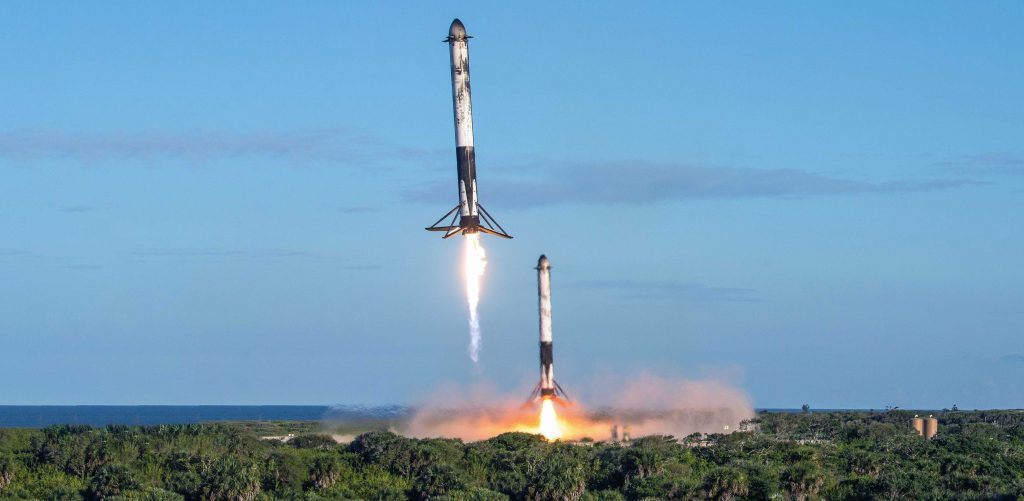
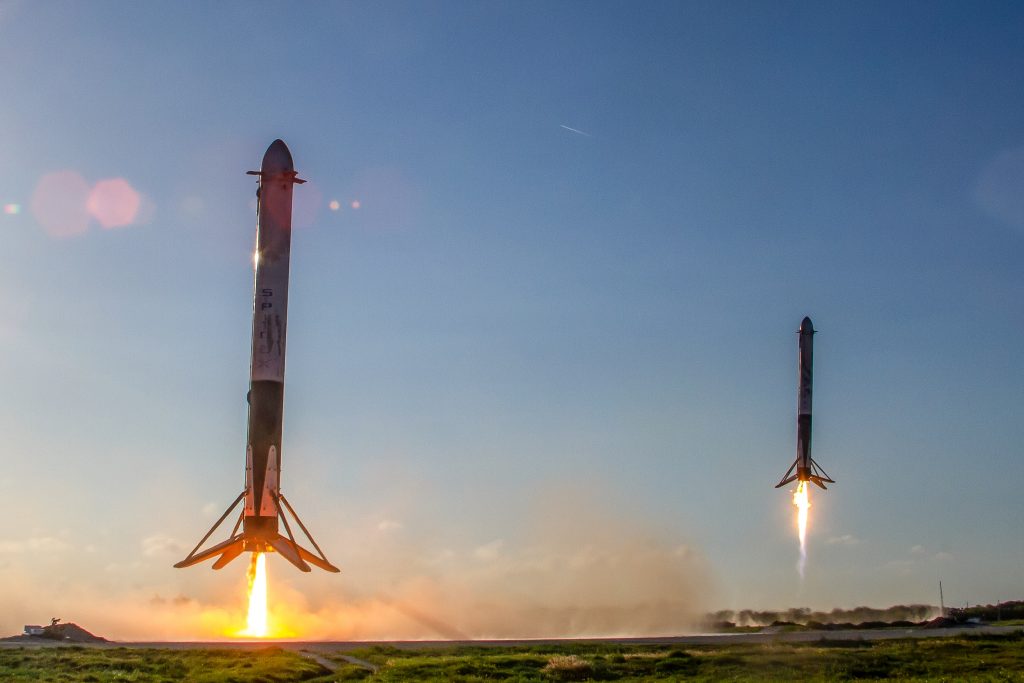
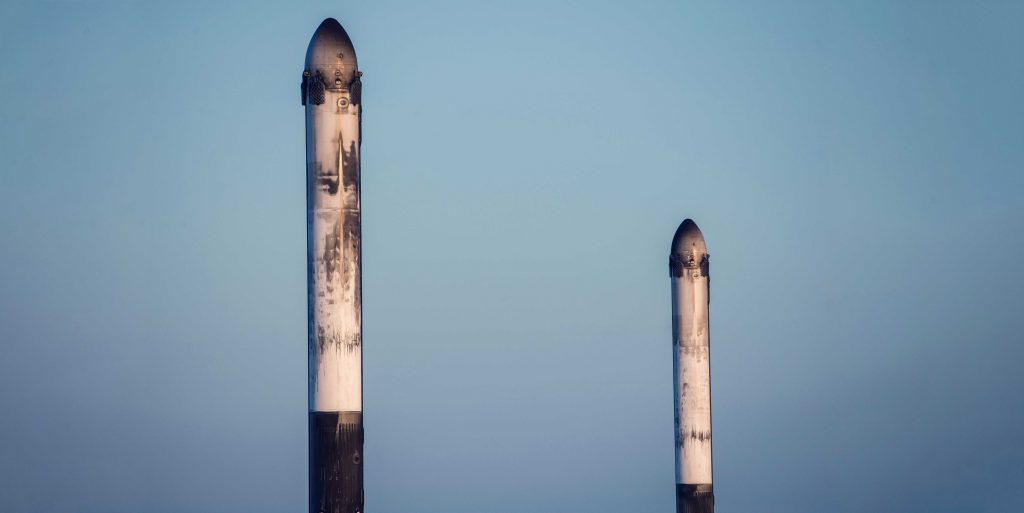
Check out Teslarati’s Marketplace! We offer Tesla accessories, including for the Tesla Cybertruck and Tesla Model 3.

News
SpaceX shades airline for seeking contract with Amazon’s Starlink rival

SpaceX employees, including its CEO Elon Musk, shaded American Airlines on social media this past weekend due to the company’s reported talks with Amazon’s Starlink rival, Leo.
Starlink has been adopted by several airlines, including United Airlines, Qatar Airways, Hawaiian Airlines, WestJet, Air France, airBaltic, and others. It has gained notoriety as an extremely solid, dependable, and reliable option for airline travel, as traditional options frequently cause users to lose connection to the internet.
Many airlines have made the switch, while others continue to mull the options available to them. American Airlines is one of them.
A report from Bloomberg indicates the airline is thinking of going with a Starlink rival owned by Amazon, called Leo. It was previously referred to as Project Kuiper.
American CEO Robert Isom said (via Bloomberg):
“While there’s Starlink, there are other low-Earth-orbit satellite opportunities that we can look at. We’re making sure that American is going to have what our customers need.”
Isom also said American has been in touch with Amazon about installing Leo on its aircraft, but he would not reveal the status of any discussions with the company.
The report caught the attention of Michael Nicolls, the Vice President of Starlink Engineering at SpaceX, who said:
“Only fly on airlines with good connectivity… and only one source of good connectivity at the moment…”
CEO Elon Musk replied to Nicolls by stating that American Airlines risks losing “a lot of customers if their connectivity solution fails.”
American Airlines will lose a lot of customers if their connectivity solution fails
— Elon Musk (@elonmusk) December 14, 2025
There are over 8,000 Starlink satellites in orbit currently, offering internet coverage in over 150 countries and territories globally. SpaceX expands its array of satellites nearly every week with launches from California and Florida, aiming to offer internet access to everyone across the globe.
Currently, the company is focusing on expanding into new markets, such as Africa and Asia.
News
Tesla hints at Starlink integration with recent patent
“By employing polymer blends, some examples enable RF transmission from all the modules to satellites and other communication devices both inside and outside the vehicle.”

Tesla hinted at a potential Starlink internet terminal integration within its vehicles in a recent patent, which describes a vehicle roof assembly with integrated radio frequency (RF) transparency.
The patent, which is Pub. No U.S. 2025/0368267 describes a new vehicle roof that is made of RF-transparent polymer materials, allowing and “facilitating clear communication with external devices and satellites.”
Tesla believes that a new vehicle roof design, comprised of different materials than the standard metallic or glass elements used in cars today, would allow the company to integrate modern vehicular technologies, “particularly those requiring radio frequency transmission and reception.
Tesla has recently filed a US patent application on integrating RF transparent materials into the roof structure.
“facilitating clear communication with external devices and satellites”
Tesla fleet is getting @Starlink connectivity integration soon. LFG @Tesla @elonmusk… pic.twitter.com/bLa8YtPLd1
— Chansoo Byeon (@Chansoo) December 9, 2025
Instead of glass or metallic materials, Tesla says vehicles may benefit from high-strength polymer blends, such as Polycarbonate, Acrylonitrile Butadiene Styrene, or Acrylonitrile Styrene Acrylate.
These materials still provide ideal strength metrics for crashworthiness, stiffness for noise, vibration, and harshness control, and are compliant with head impact regulations.
They would also enable better performance with modern technologies, like internet terminals, which need an uninterrupted signal to satellites for maximum reception. Tesla writes in the patent:
“By employing polymer blends, some examples enable RF transmission from all the modules to satellites and other communication devices both inside and outside the vehicle.”

One of the challenges Tesla seems to be aware of with this type of roof design is the fact that it will still have to enable safety and keep that at the forefront of the design. As you can see in the illustration above, Tesla plans to use four layers to increase safety and rigidity, while also combating noise and vibration.
It notes in the patent that disclosed examples still meet the safety requirements outlined in the Federal Motor Vehicle Safety Standards (FMVSS).
Starlink integrated directly into Tesla vehicles would be a considerable advantage for owners. It would come with a handful of distinct advantages.
Initially, the inclusion of Starlink would completely eliminate cellular dead zones, something that is an issue, especially in rural areas. Starlink would provide connectivity in these remote regions and would ensure uninterrupted service during road trips and off-grid adventures.
It could also be a critical addition for Robotaxi, as it is crucial to have solid and reliable connectivity for remote monitoring and fleet management.
Starlink’s growing constellation, thanks to SpaceX’s routine and frequent launch schedule, will provide secure, stable, and reliable internet connectivity for Tesla vehicles.
Although many owners have already mounted Starlink Mini dishes under their glass roofs for a similar experience, it may be integrated directly into Teslas in the coming years, either as an upgrade or a standard feature.
Investor's Corner
SpaceX IPO is coming, CEO Elon Musk confirms
However, it appears Musk is ready for SpaceX to go public, as Ars Technica Senior Space Editor Eric Berger wrote an op-ed that indicated he thought SpaceX would go public soon. Musk replied, basically confirming it.

Elon Musk confirmed through a post on X that a SpaceX initial public offering (IPO) is on the way after hinting at it several times earlier this year.
It also comes one day after Bloomberg reported that SpaceX was aiming for a valuation of $1.5 trillion, adding that it wanted to raise $30 billion.
Musk has been transparent for most of the year that he wanted to try to figure out a way to get Tesla shareholders to invest in SpaceX, giving them access to the stock.
He has also recognized the issues of having a public stock, like litigation exposure, quarterly reporting pressures, and other inconveniences.
However, it appears Musk is ready for SpaceX to go public, as Ars Technica Senior Space Editor Eric Berger wrote an op-ed that indicated he thought SpaceX would go public soon.
Musk replied, basically confirming it:
As usual, Eric is accurate
— Elon Musk (@elonmusk) December 10, 2025
Berger believes the IPO would help support the need for $30 billion or more in capital needed to fund AI integration projects, such as space-based data centers and lunar satellite factories. Musk confirmed recently that SpaceX “will be doing” data centers in orbit.
AI appears to be a “key part” of SpaceX getting to Musk, Berger also wrote. When writing about whether or not Optimus is a viable project and product for the company, he says that none of that matters. Musk thinks it is, and that’s all that matters.
It seems like Musk has certainly mulled something this big for a very long time, and the idea of taking SpaceX public is not just likely; it is necessary for the company to get to Mars.
The details of when SpaceX will finally hit that public status are not known. Many of the reports that came out over the past few days indicate it would happen in 2026, so sooner rather than later.
But there are a lot of things on Musk’s plate early next year, especially with Cybercab production, the potential launch of Unsupervised Full Self-Driving, and the Roadster unveiling, all planned for Q1.








